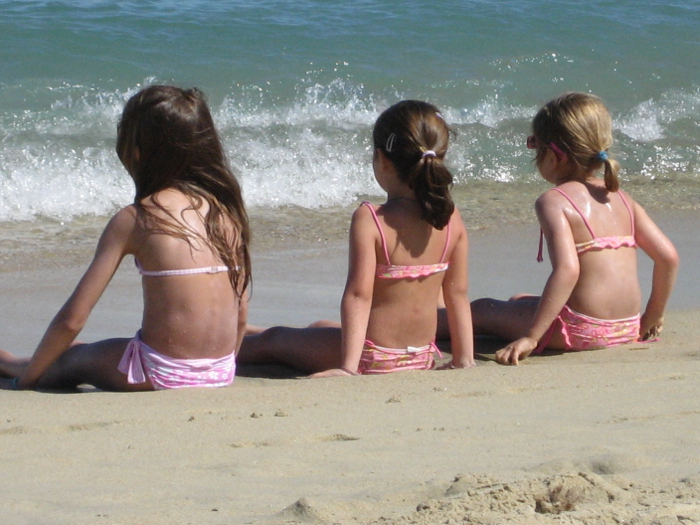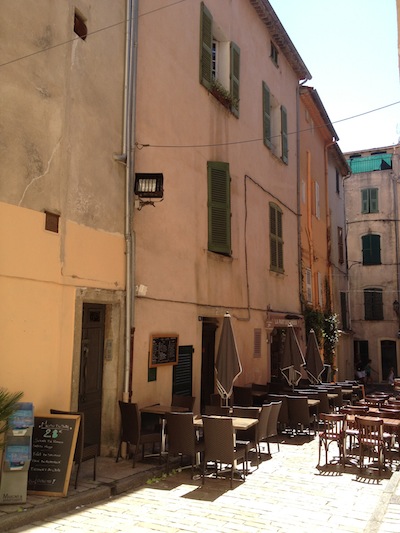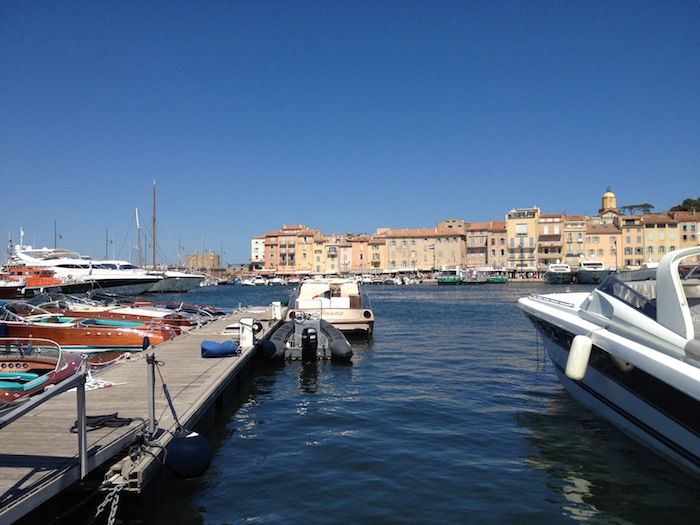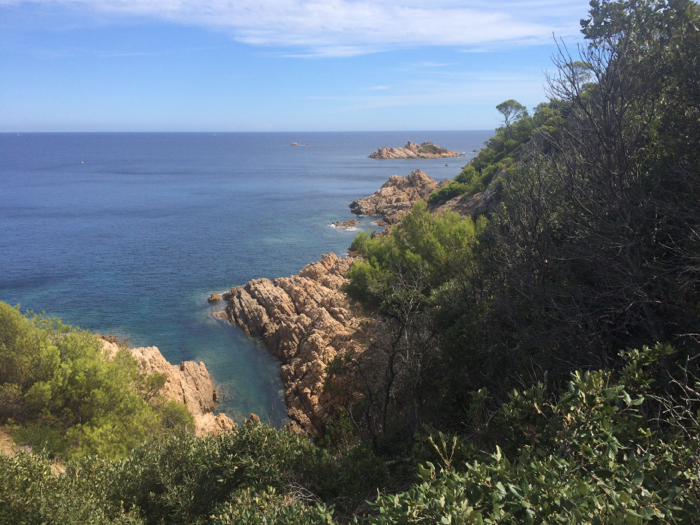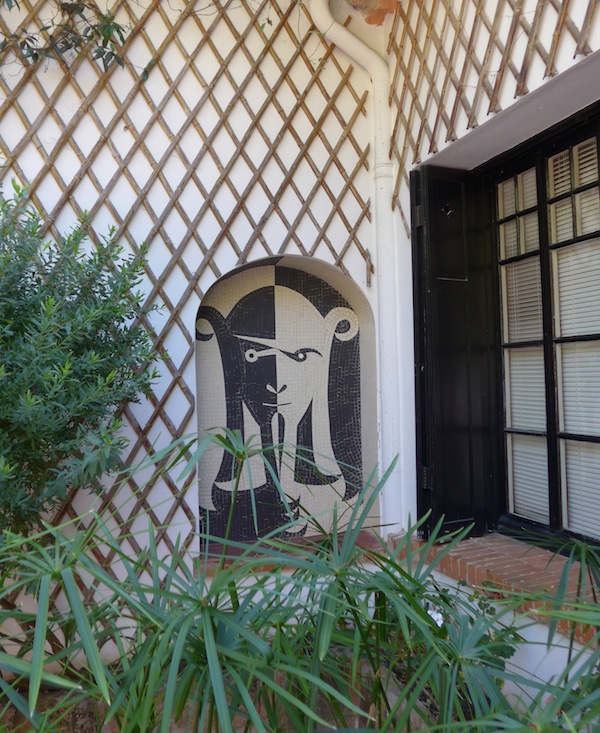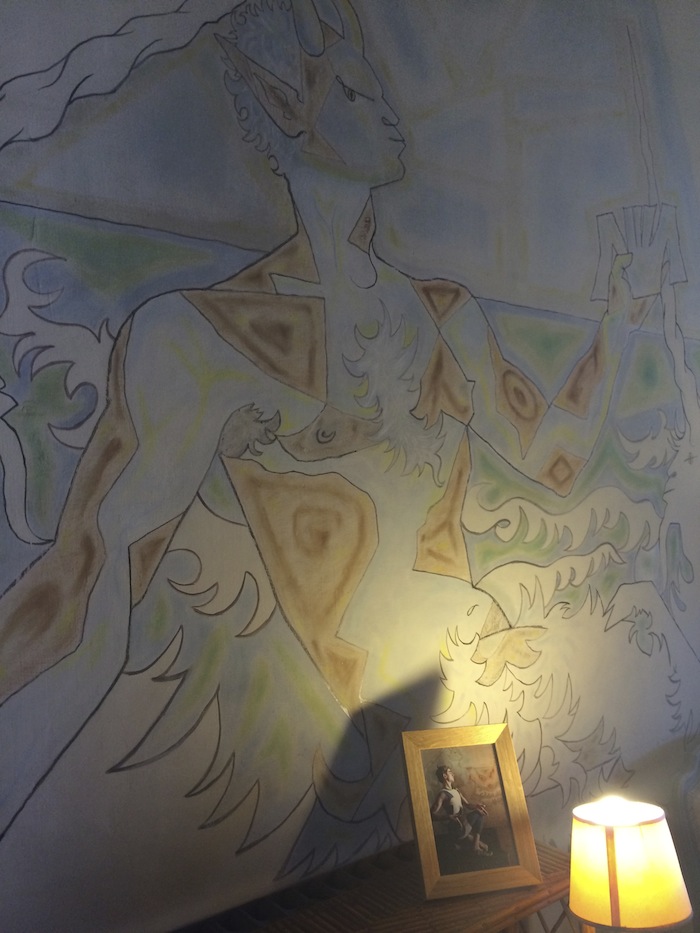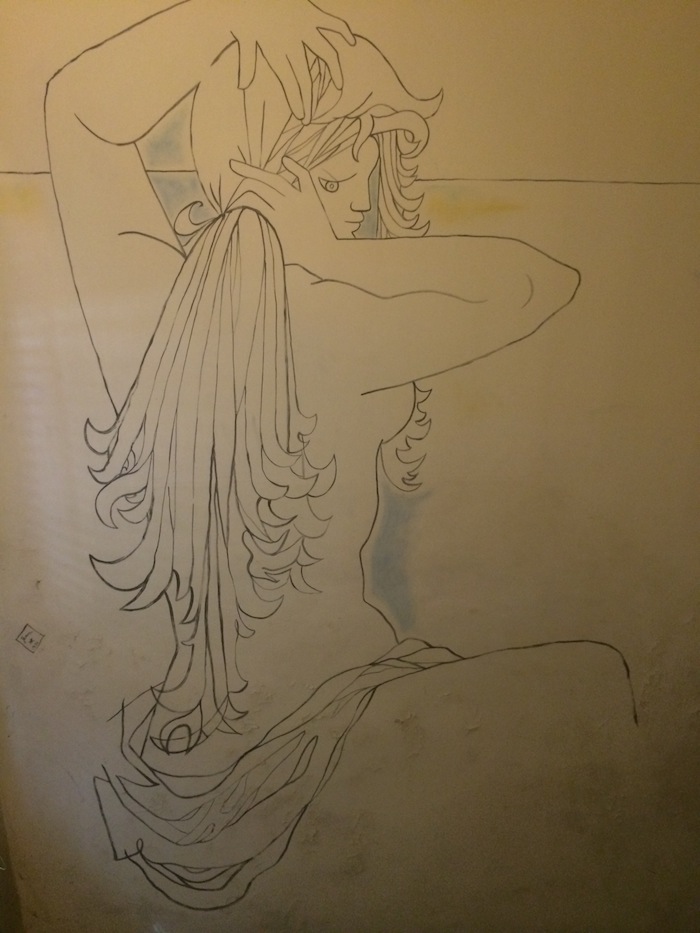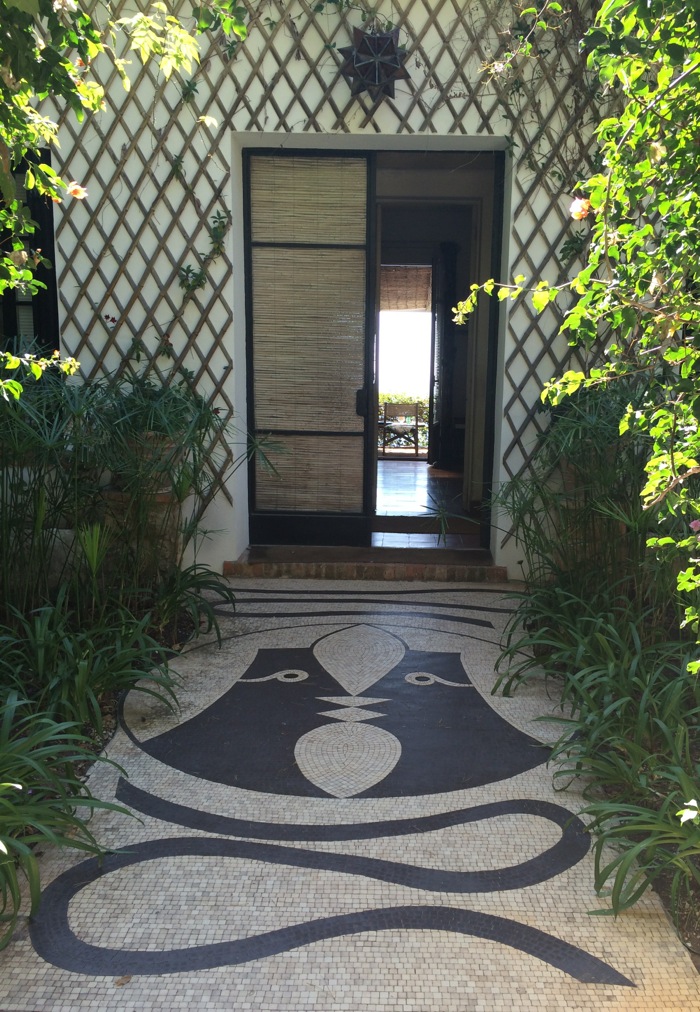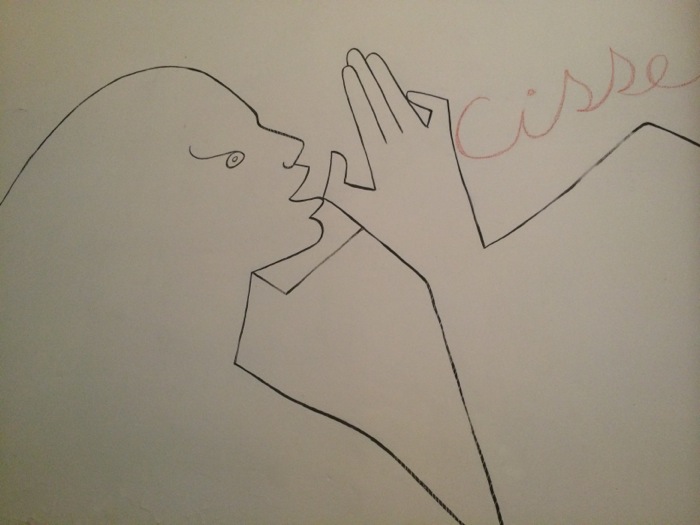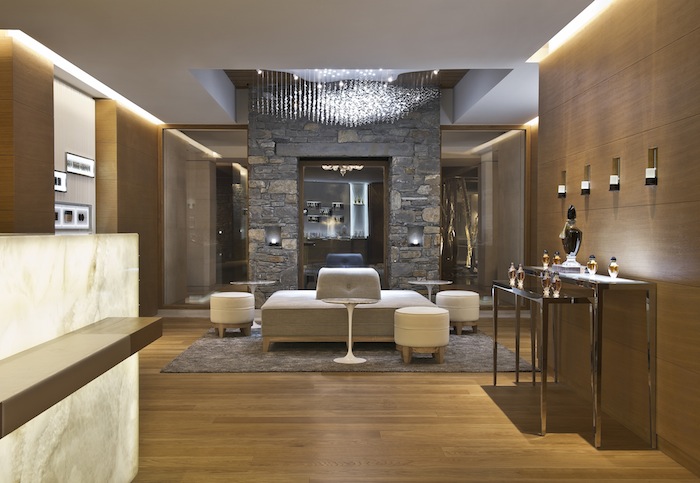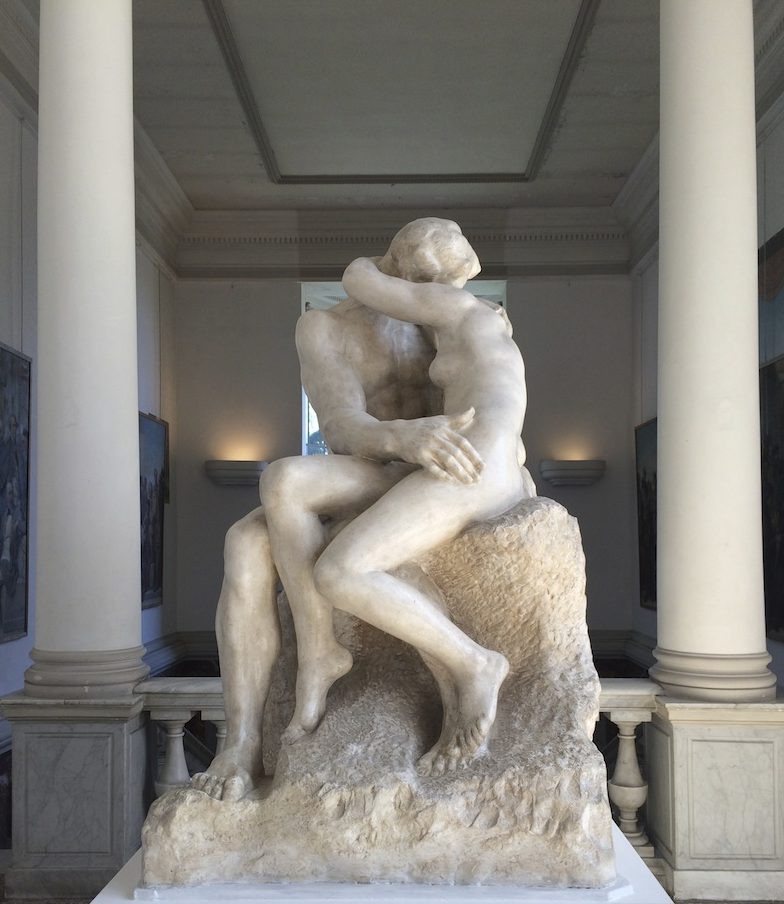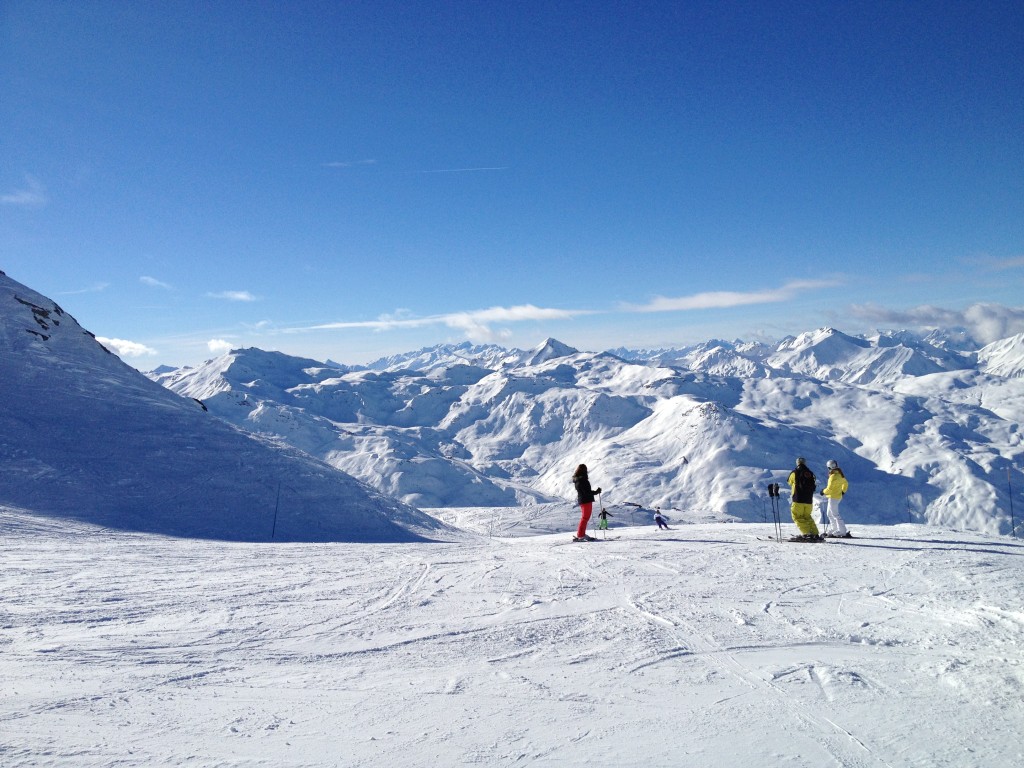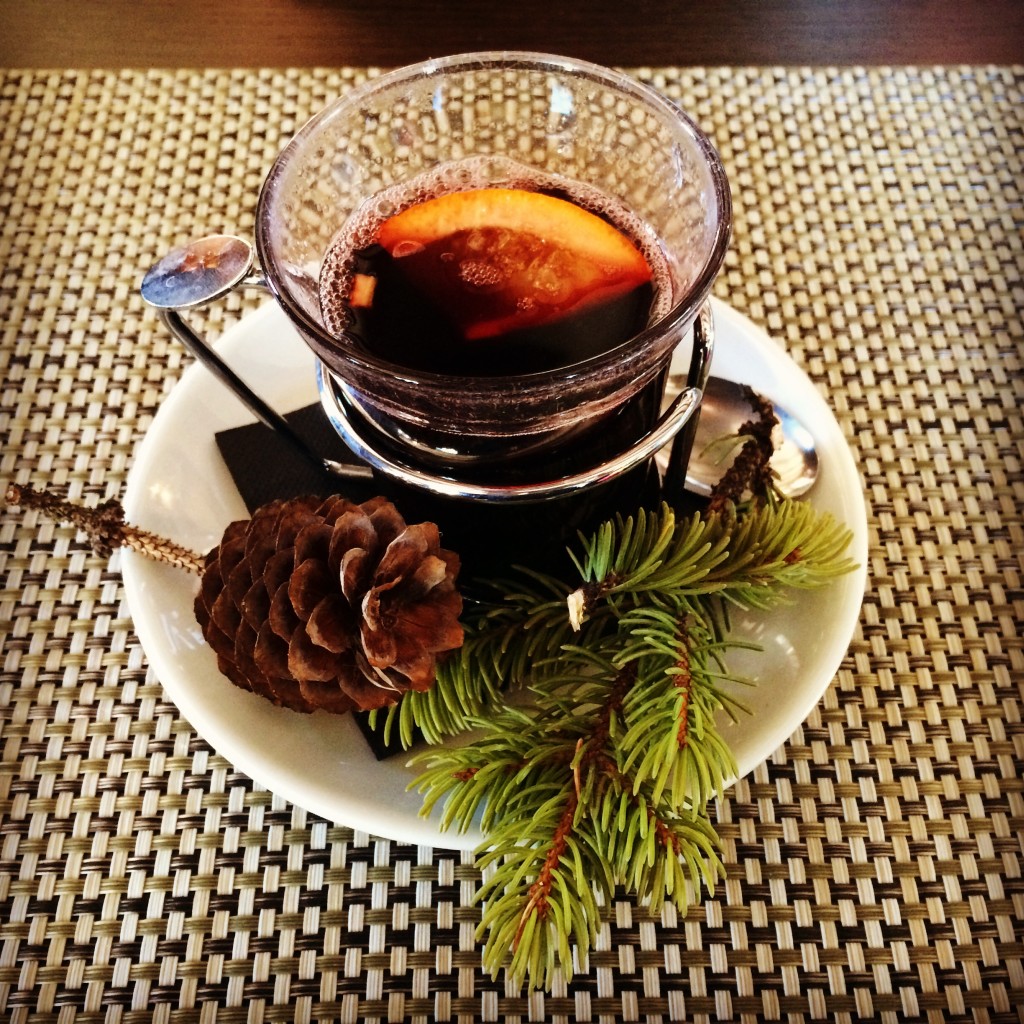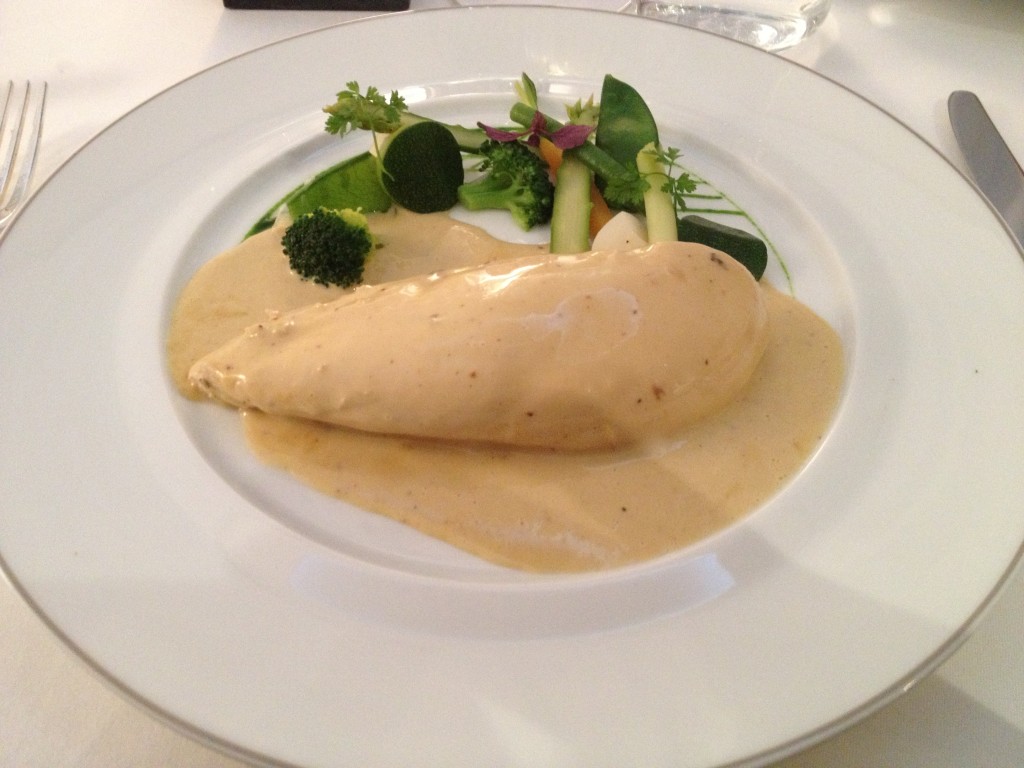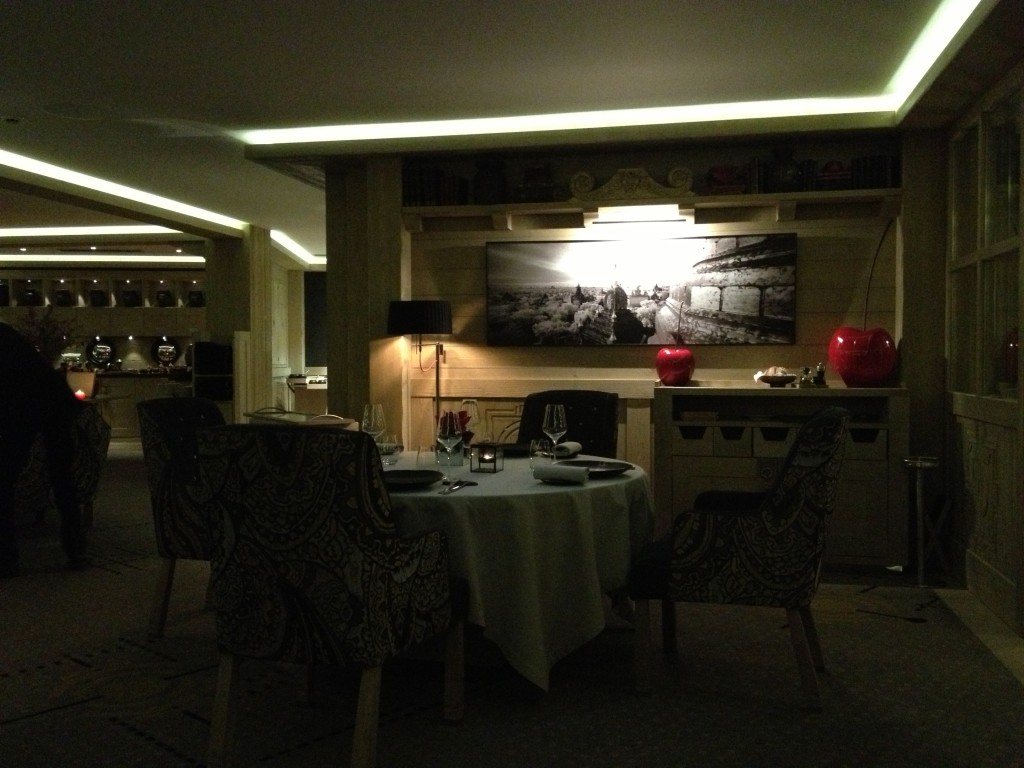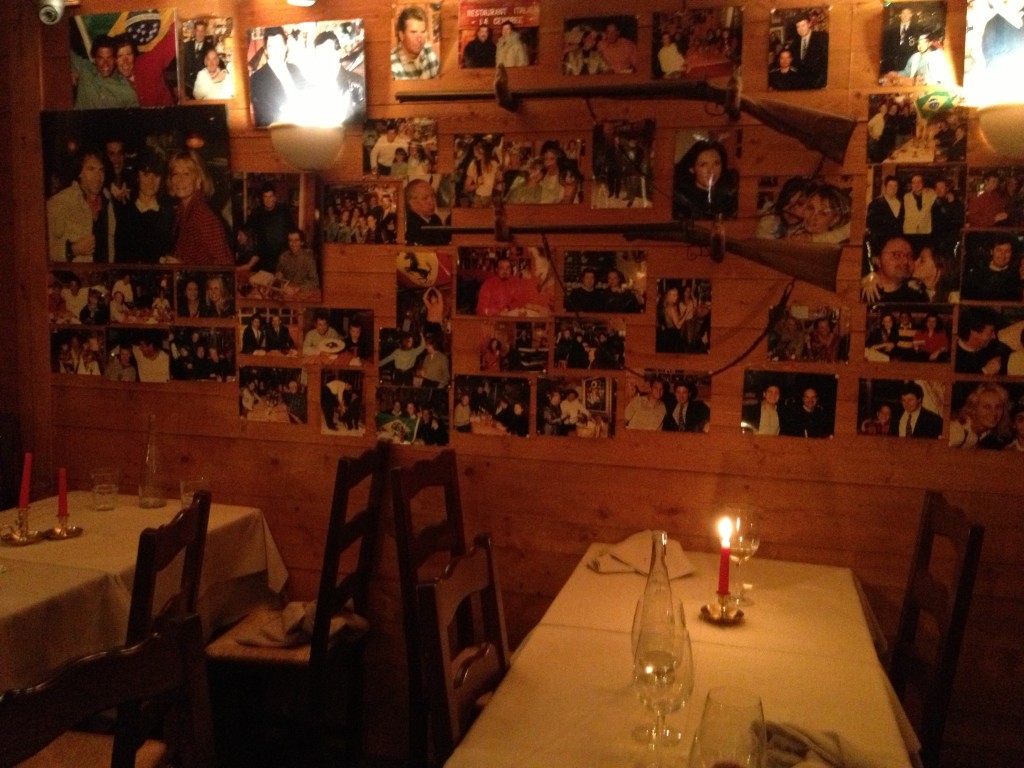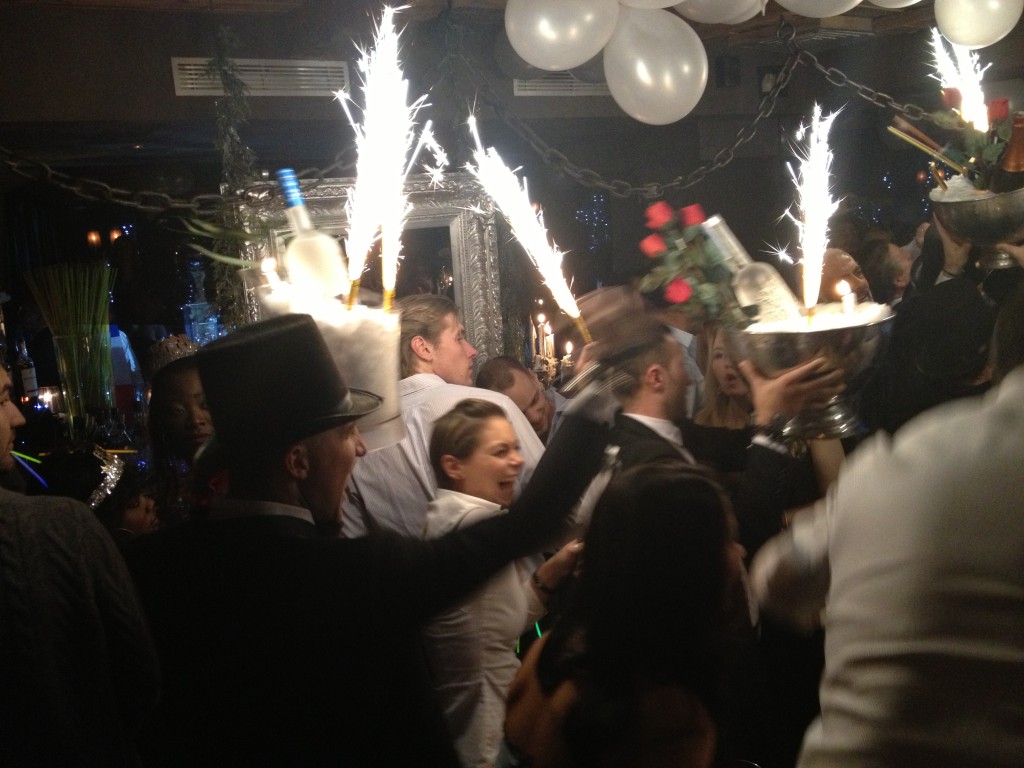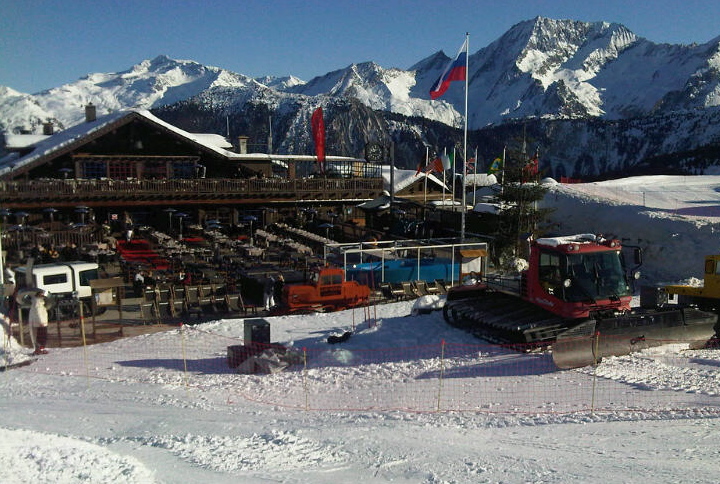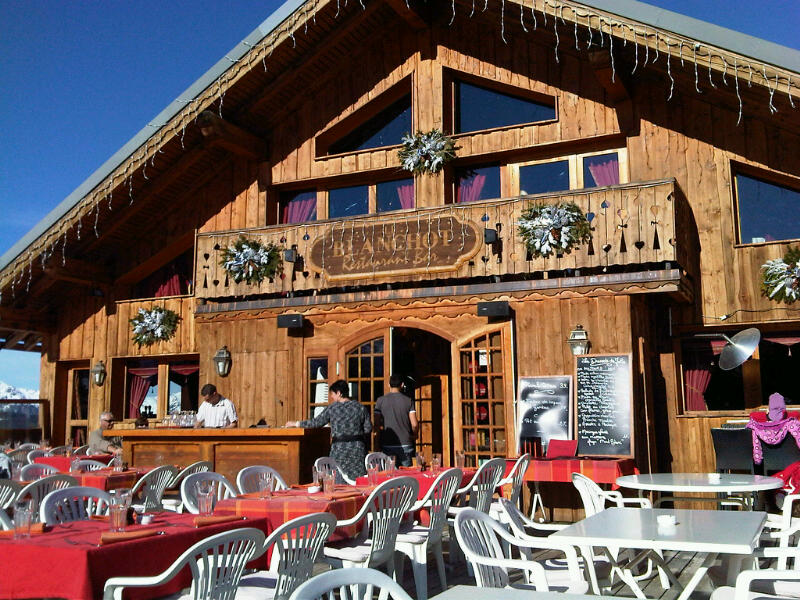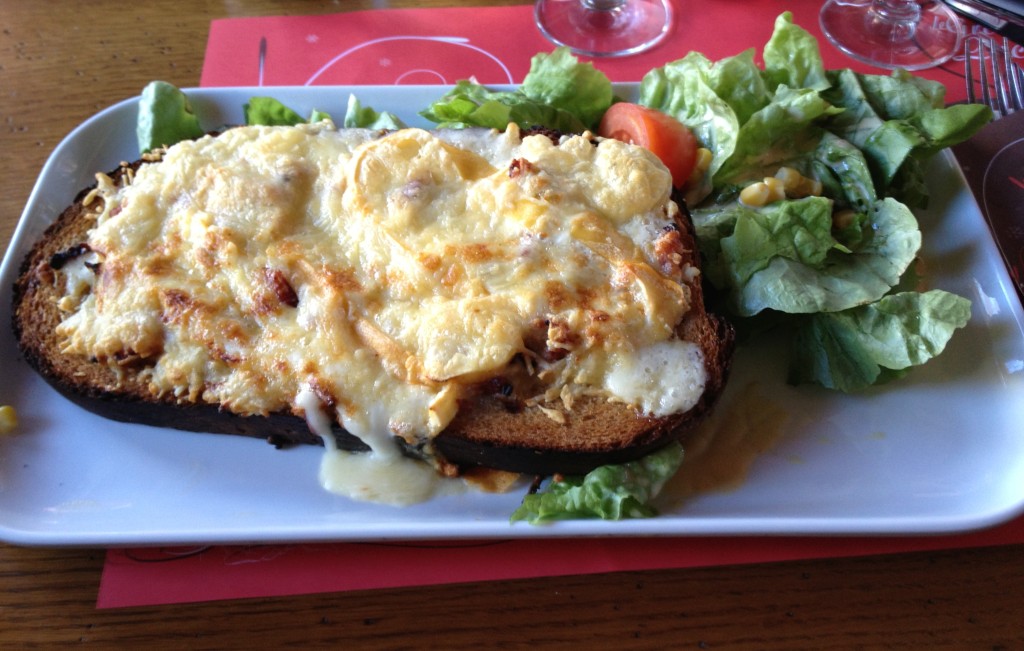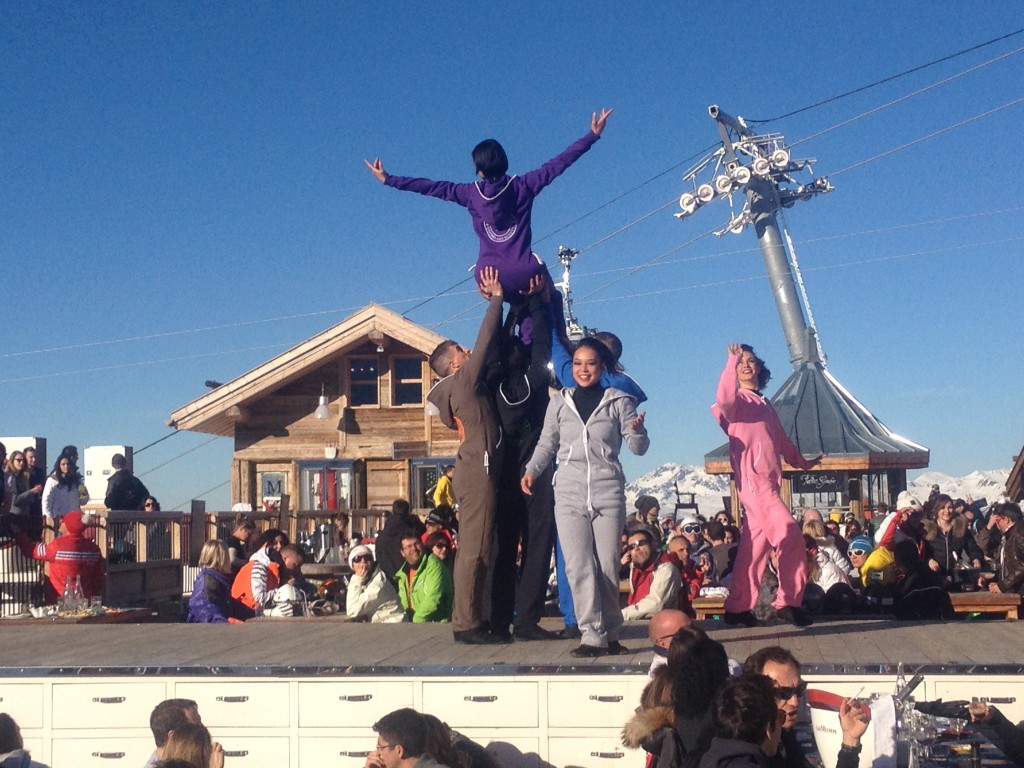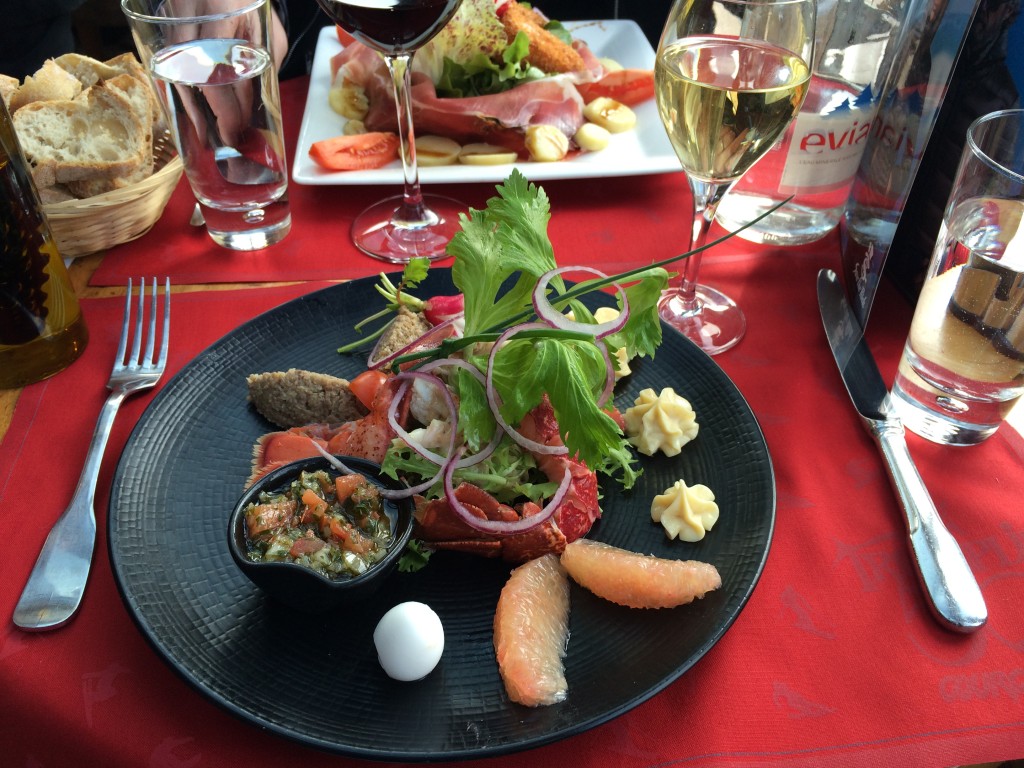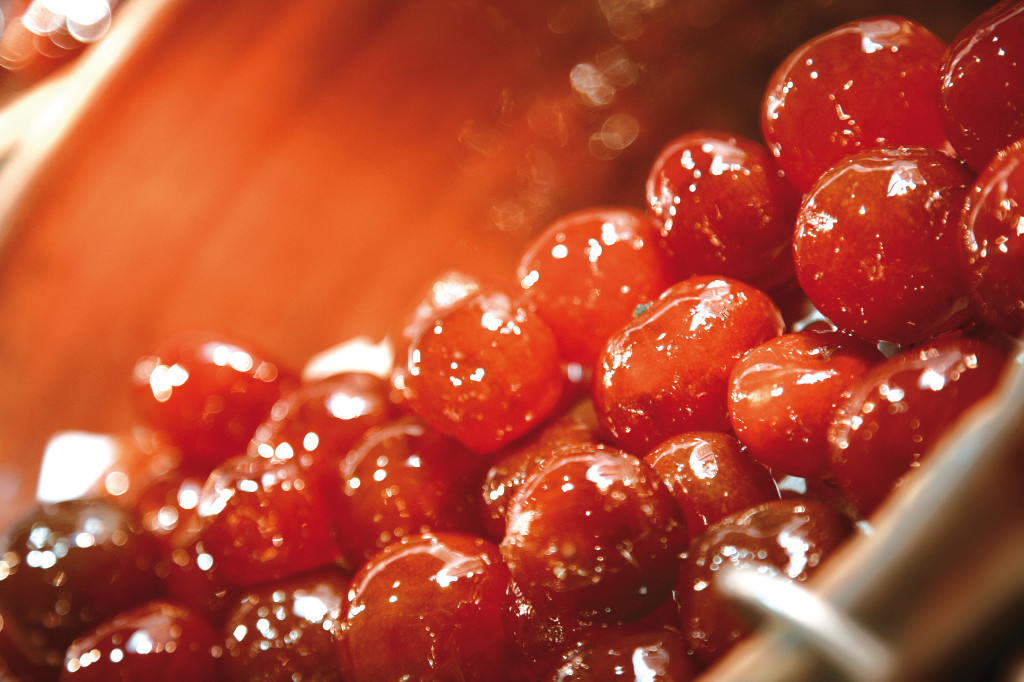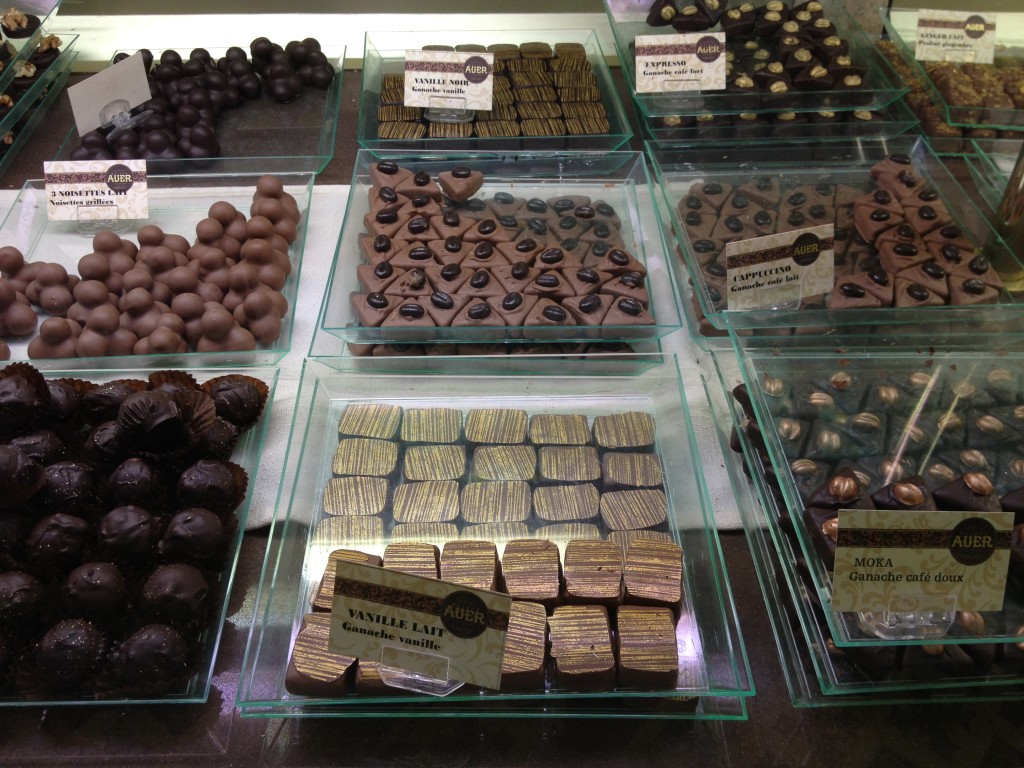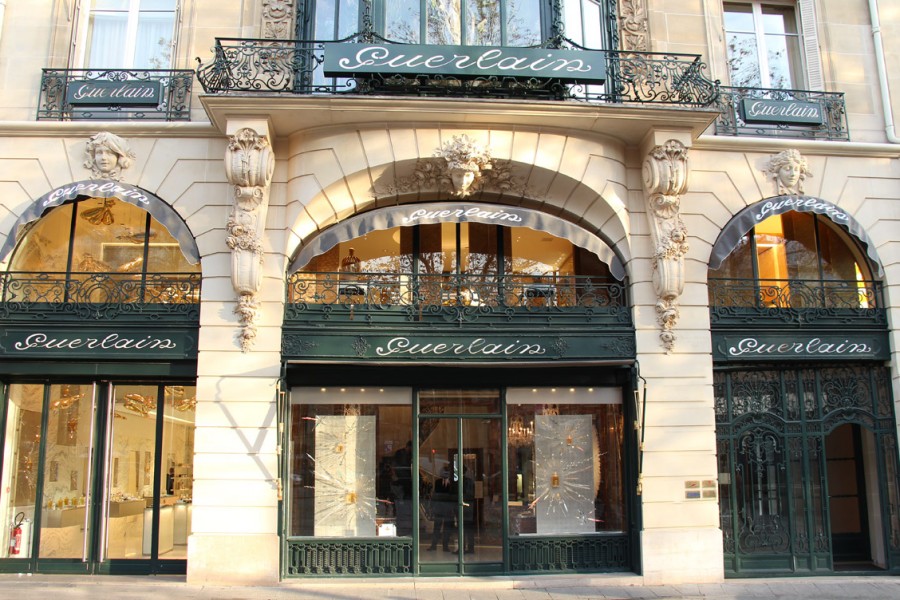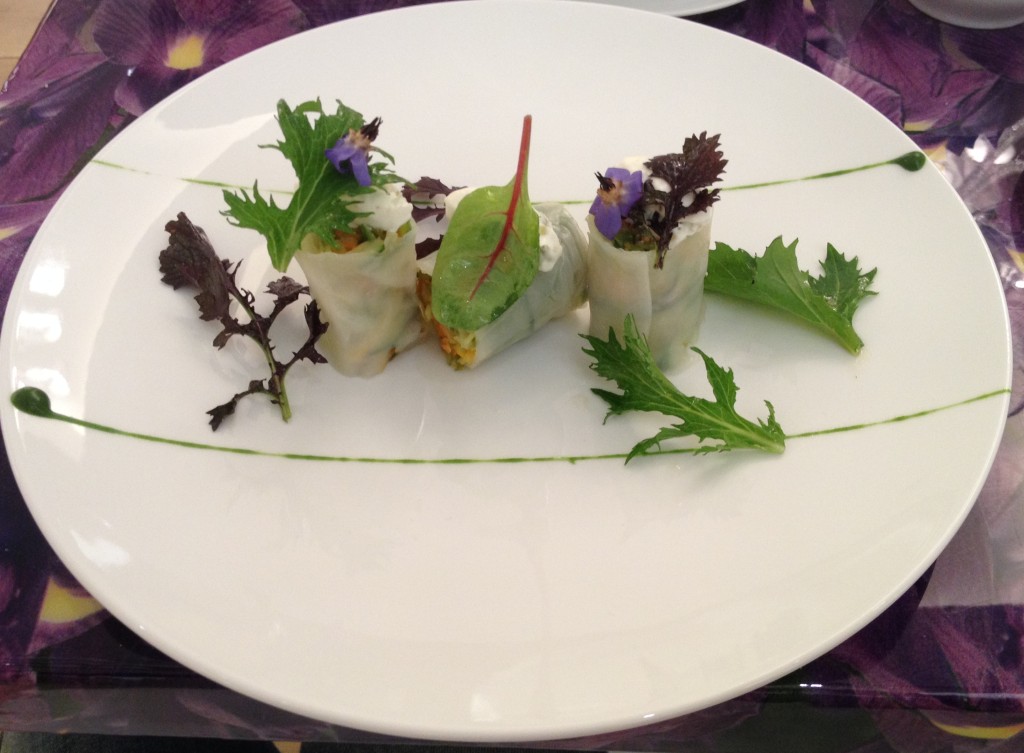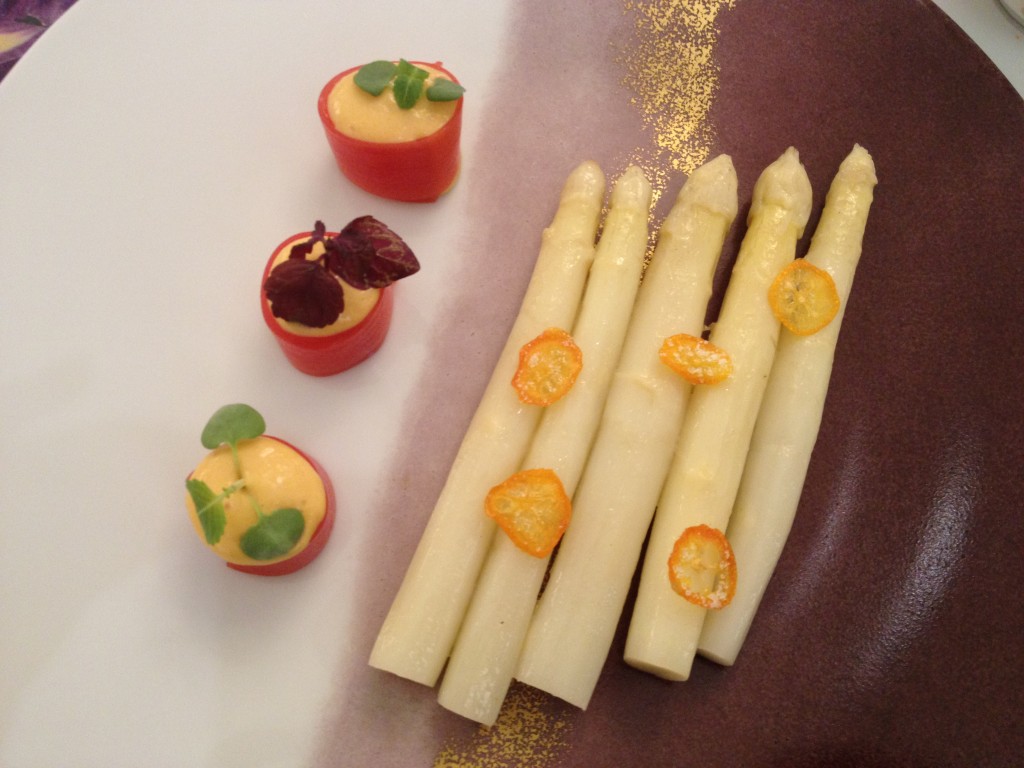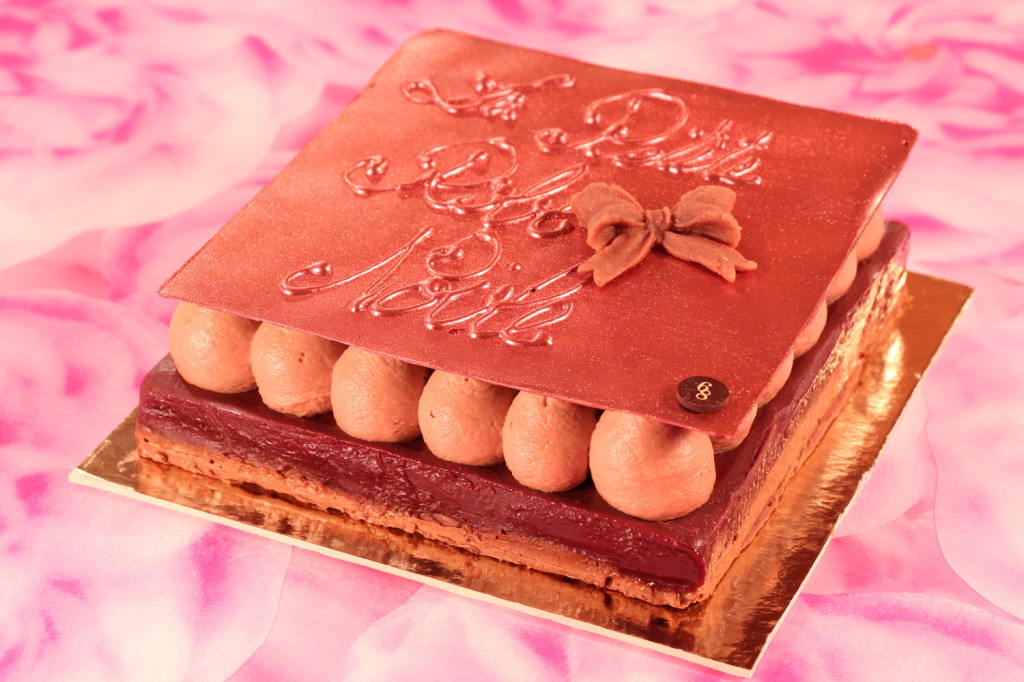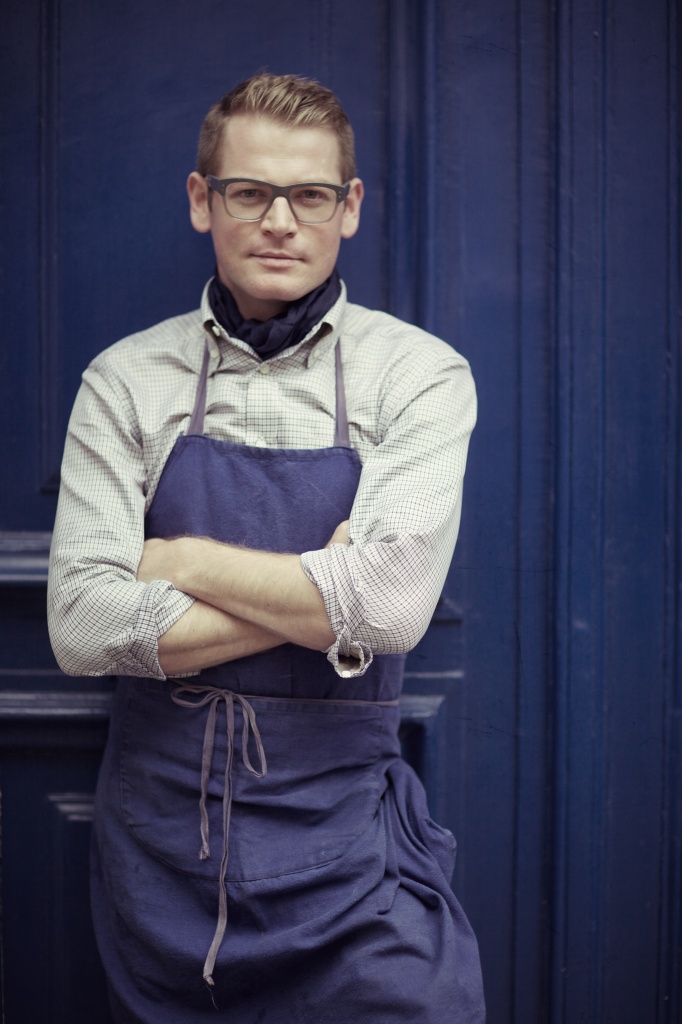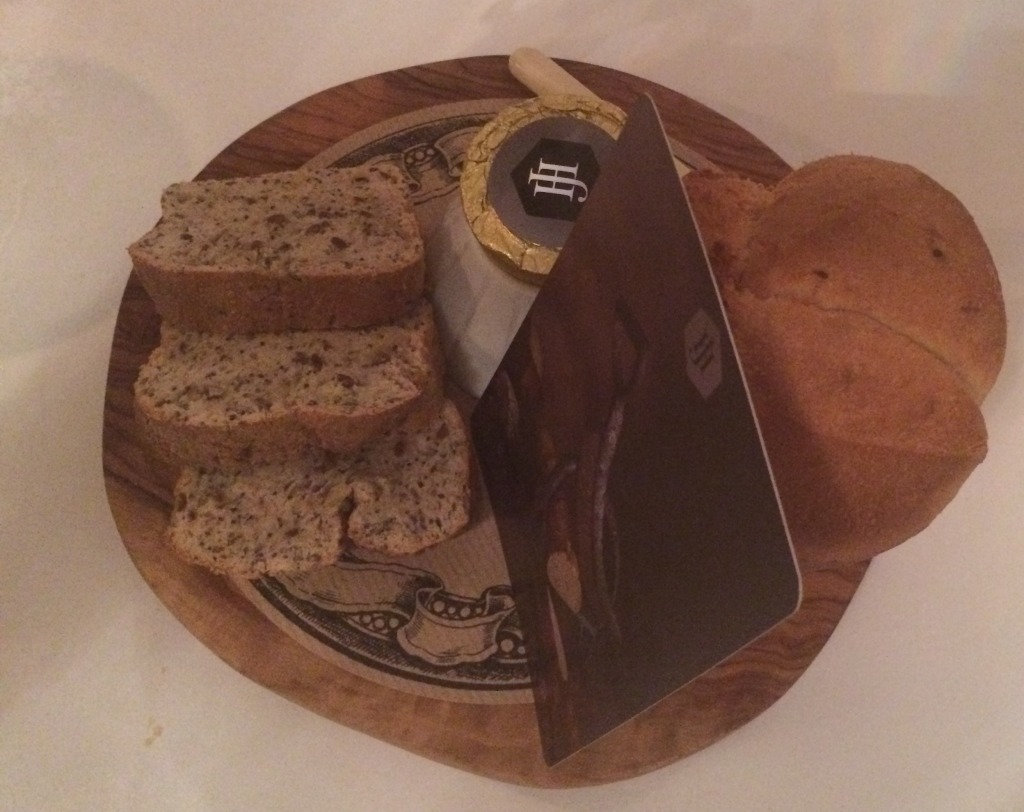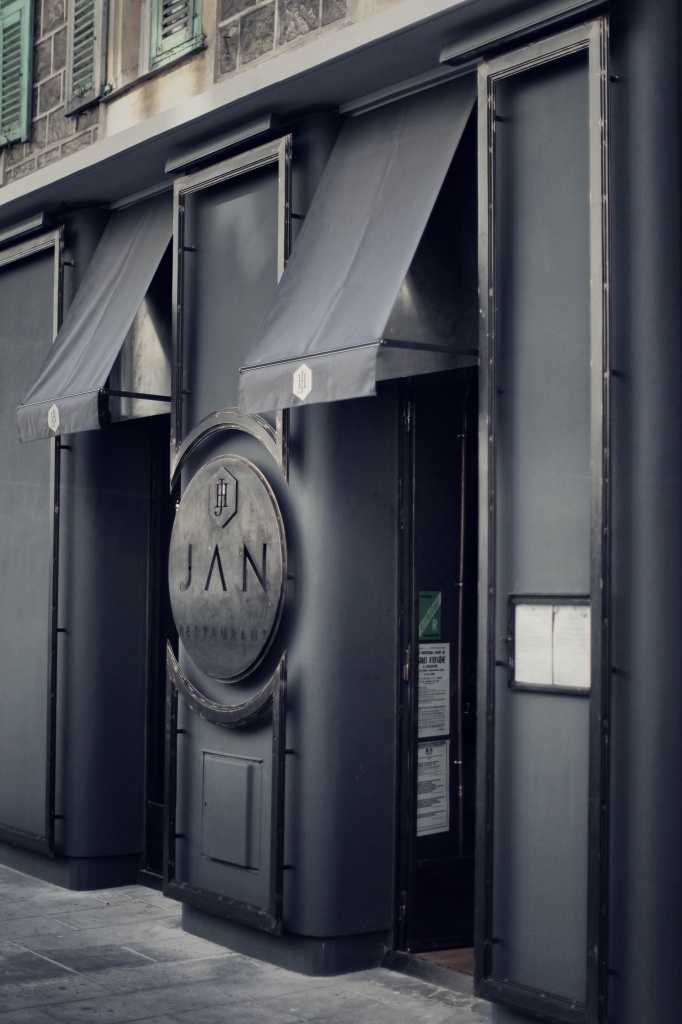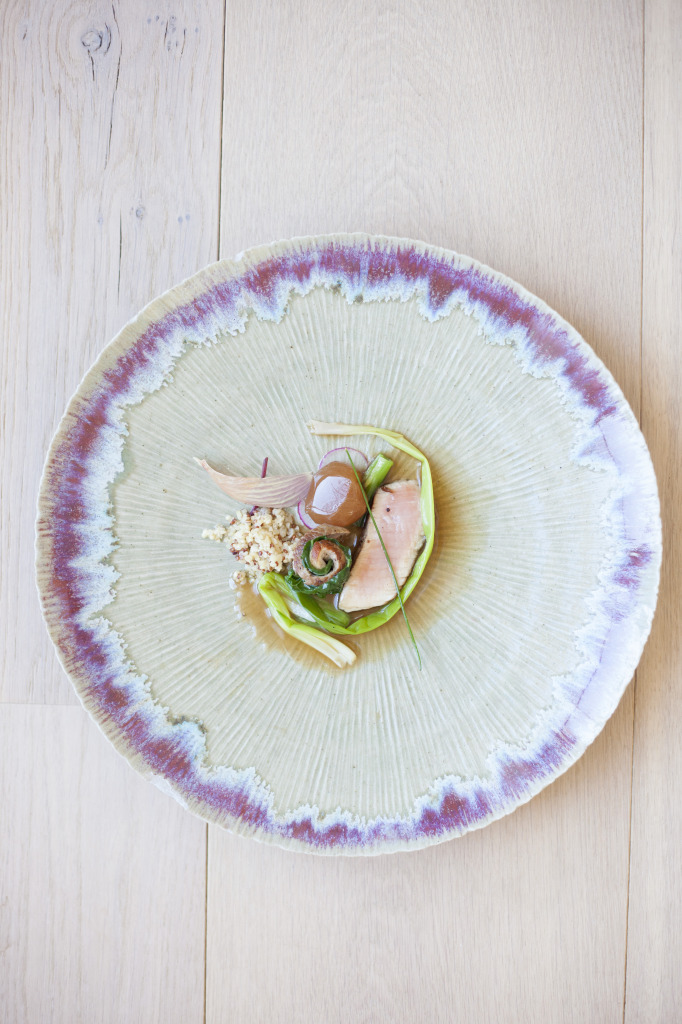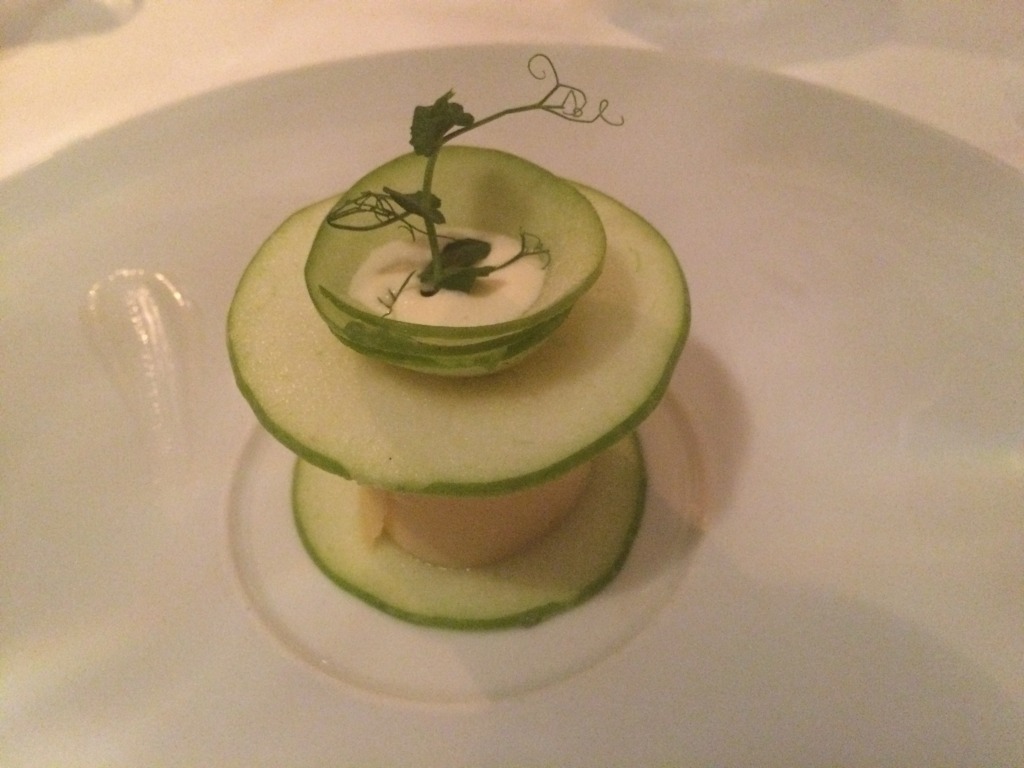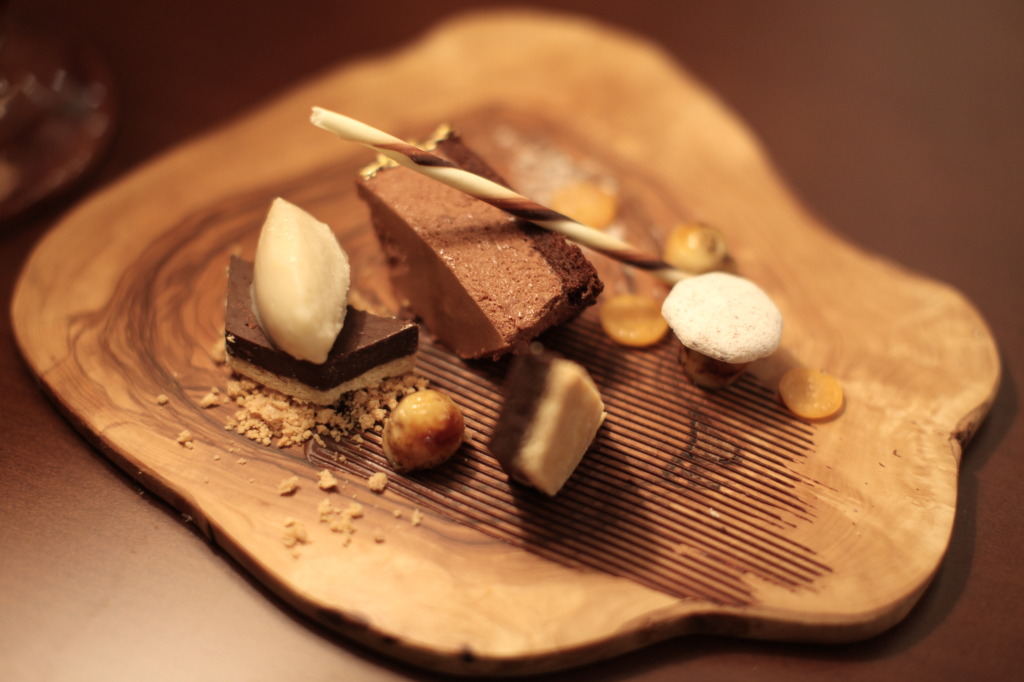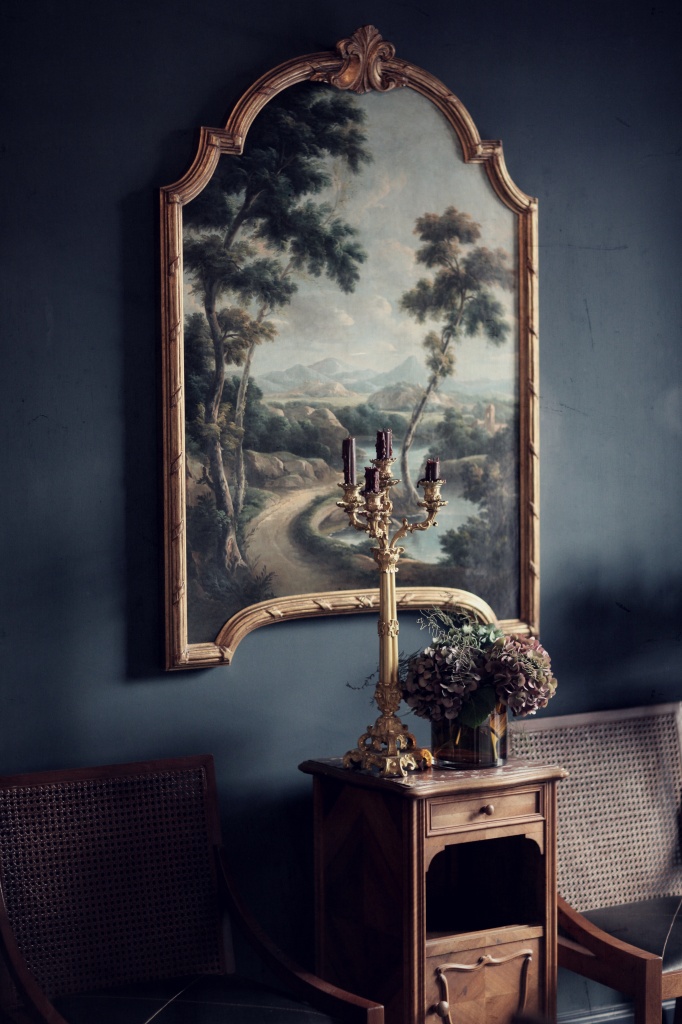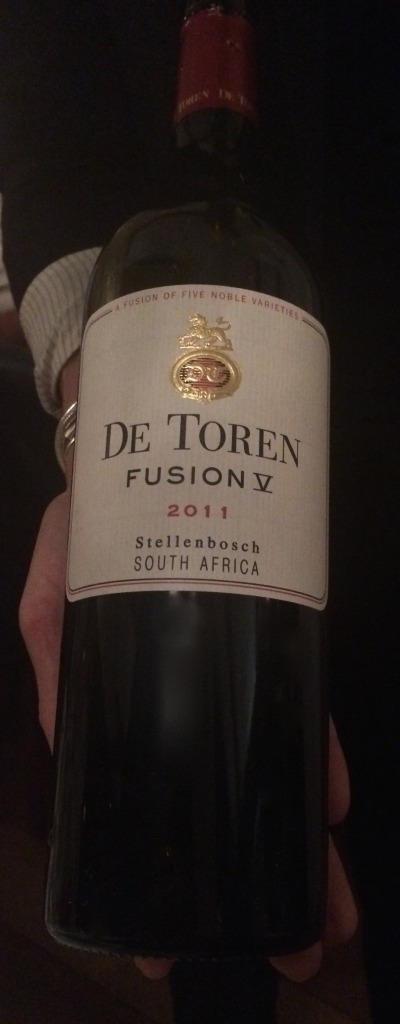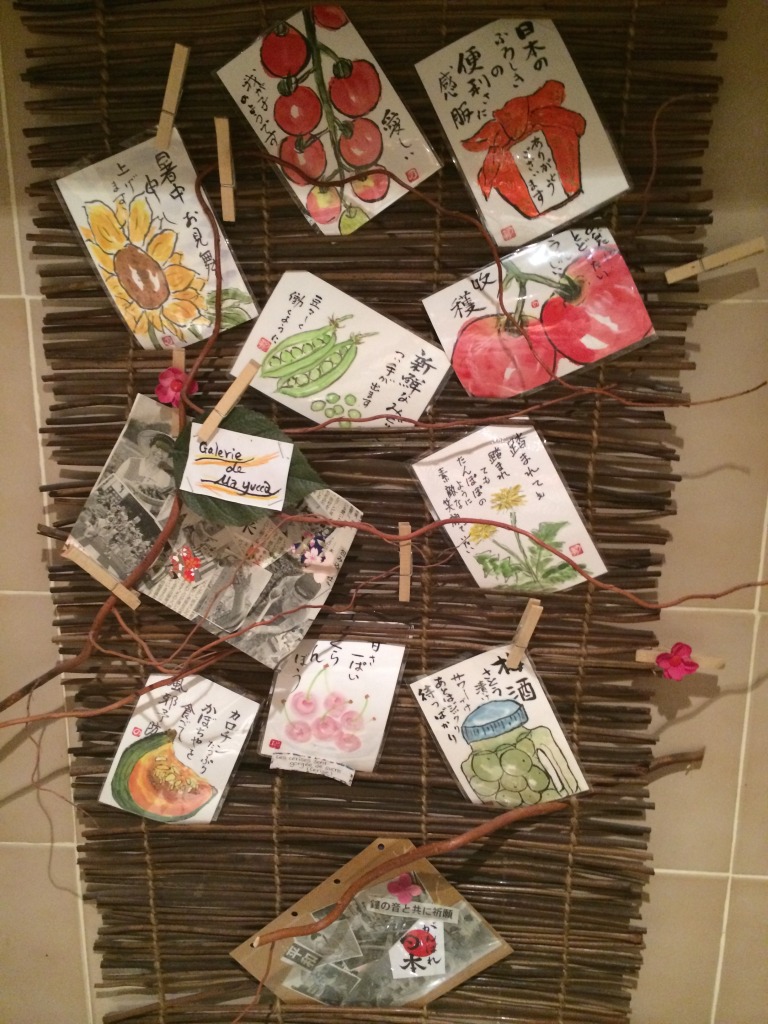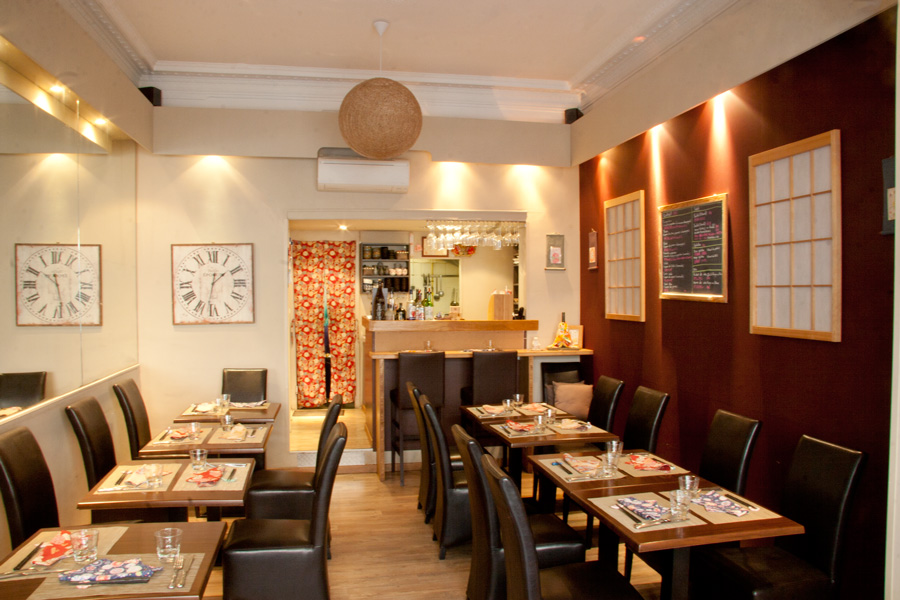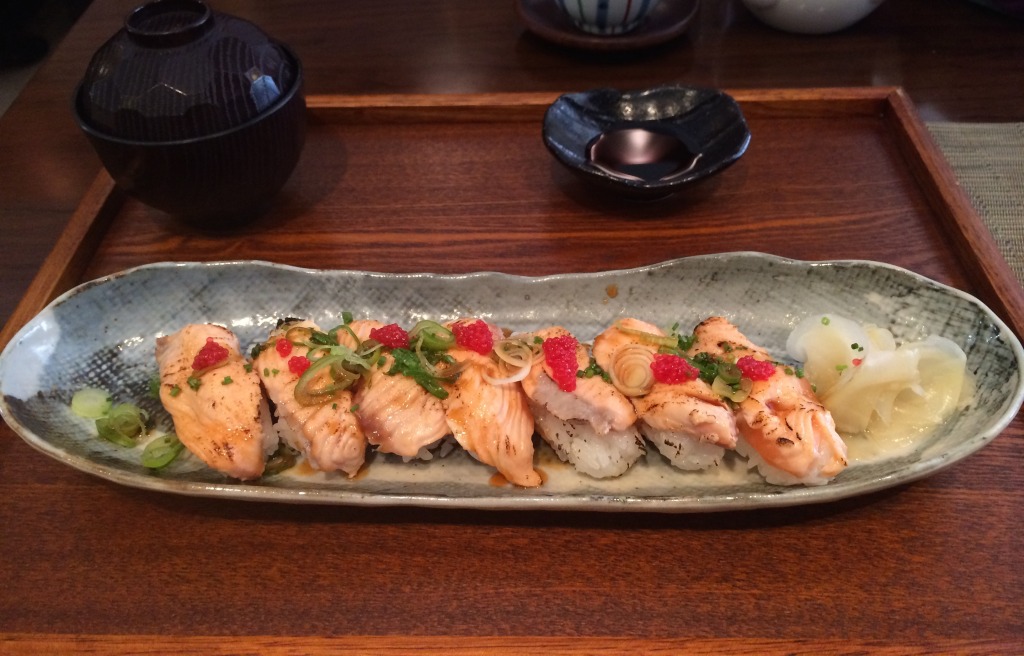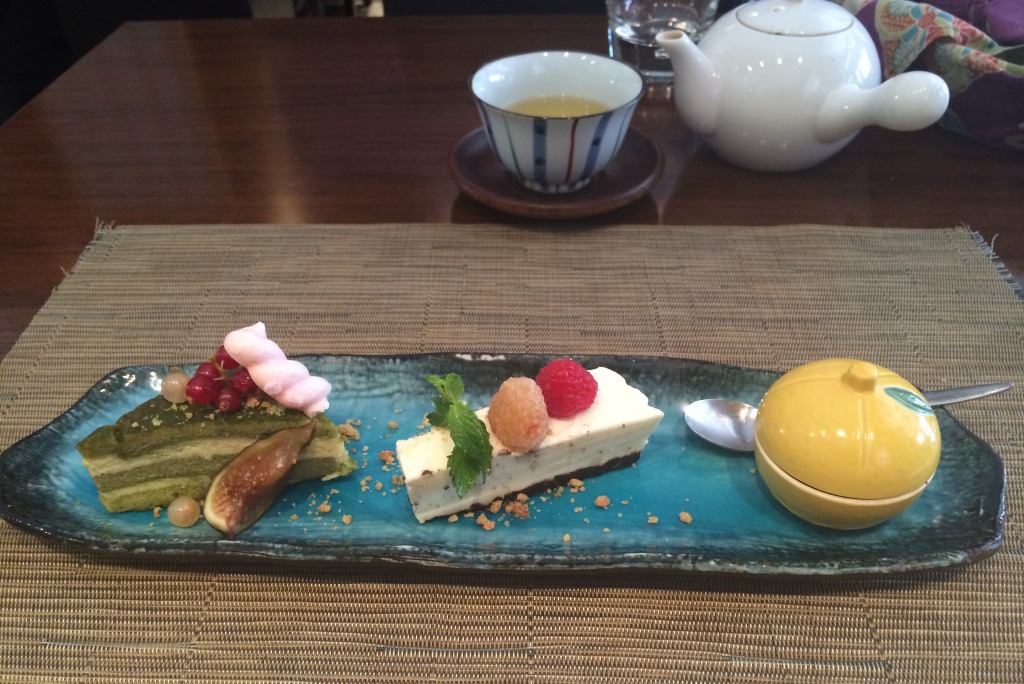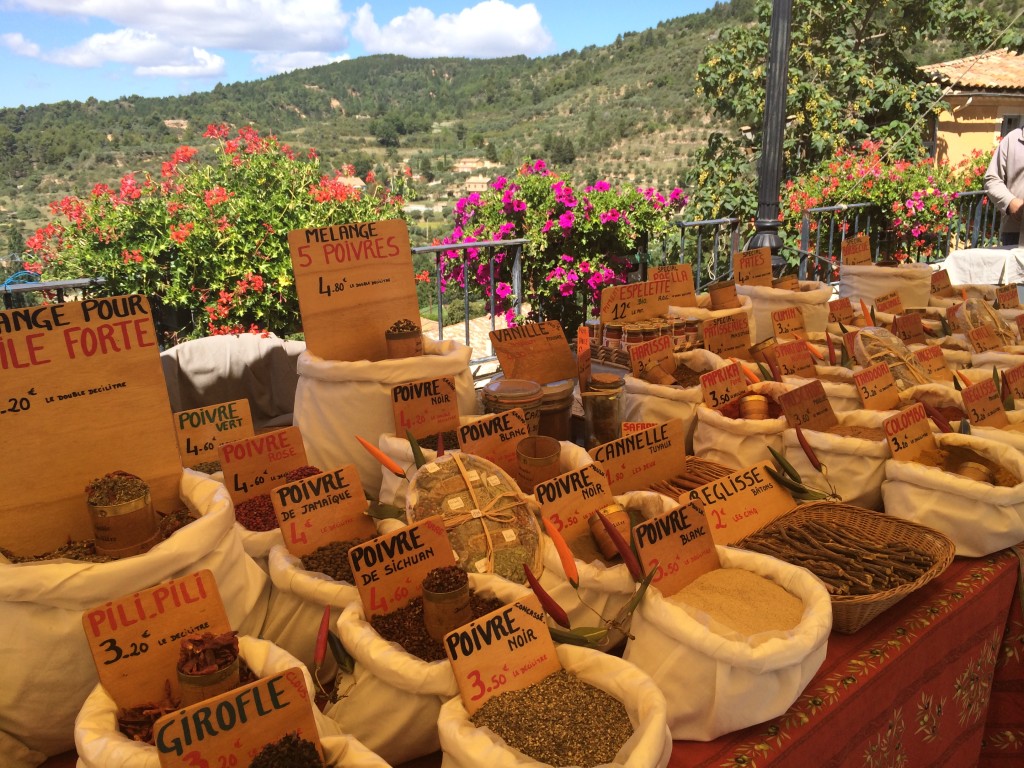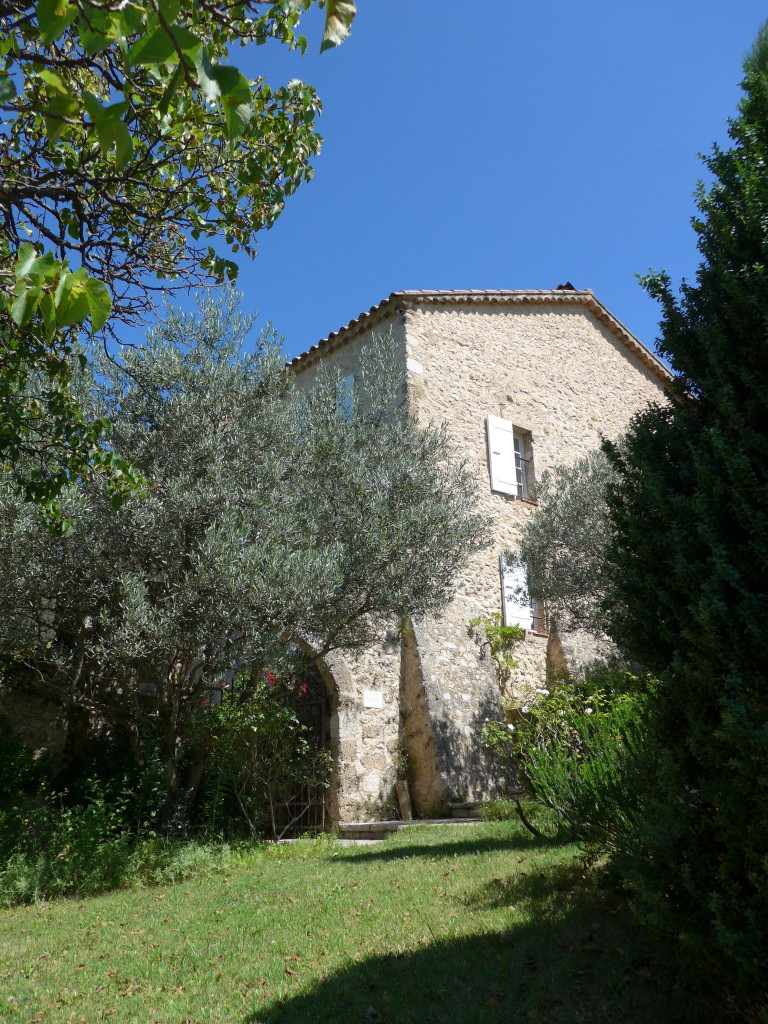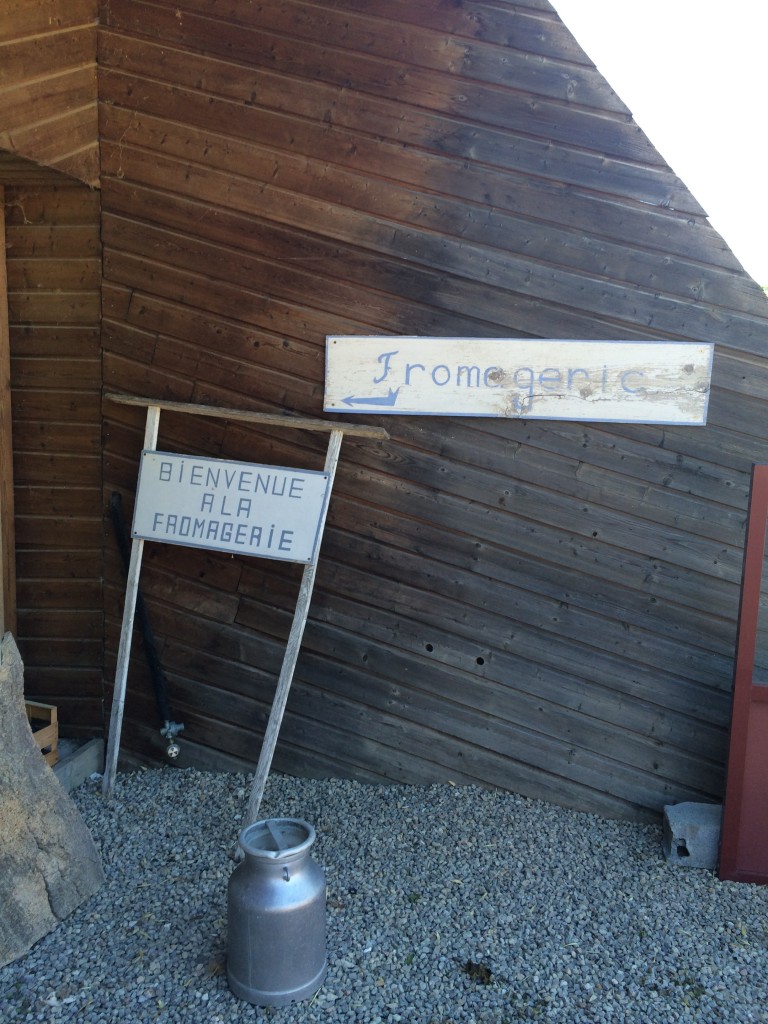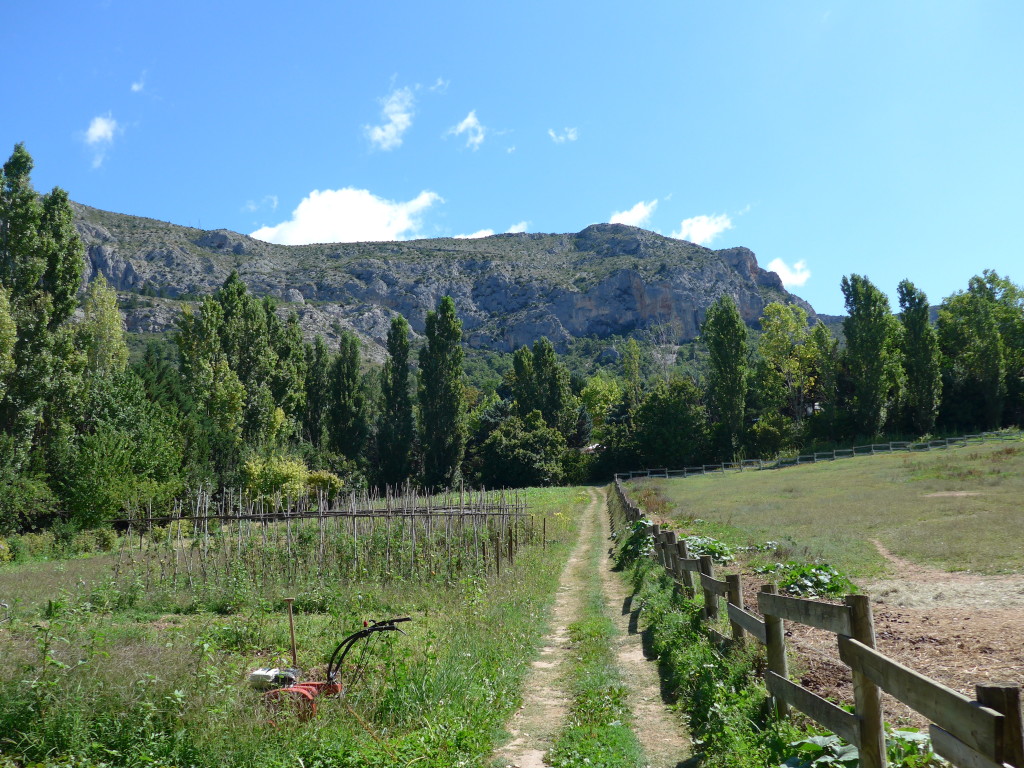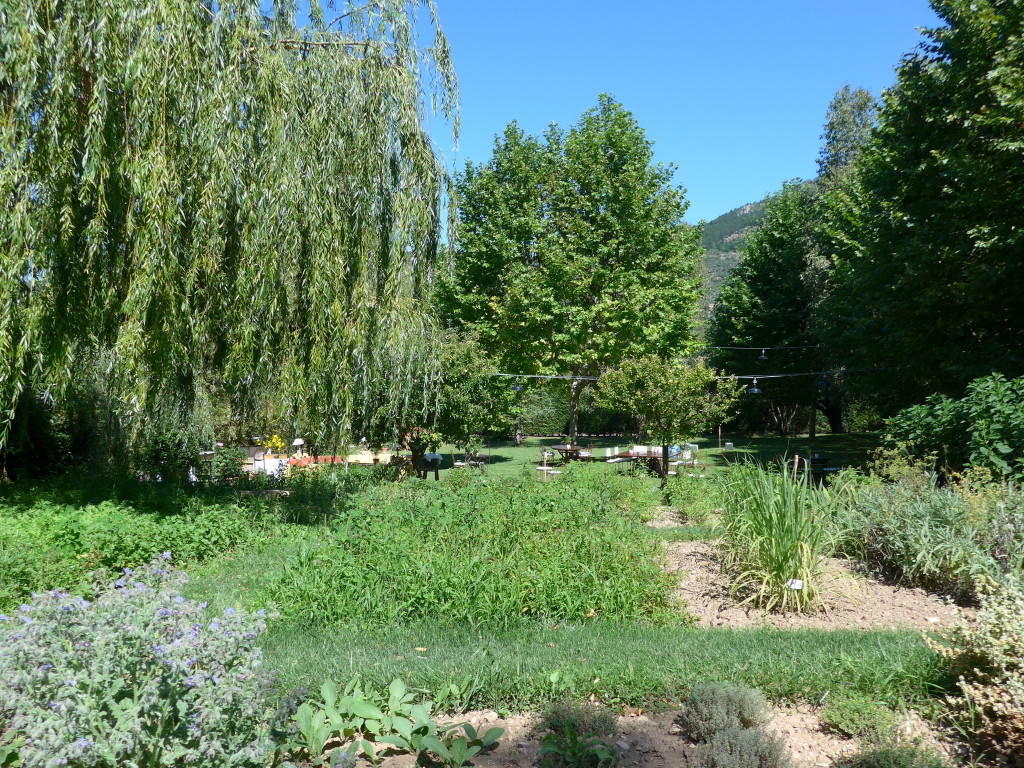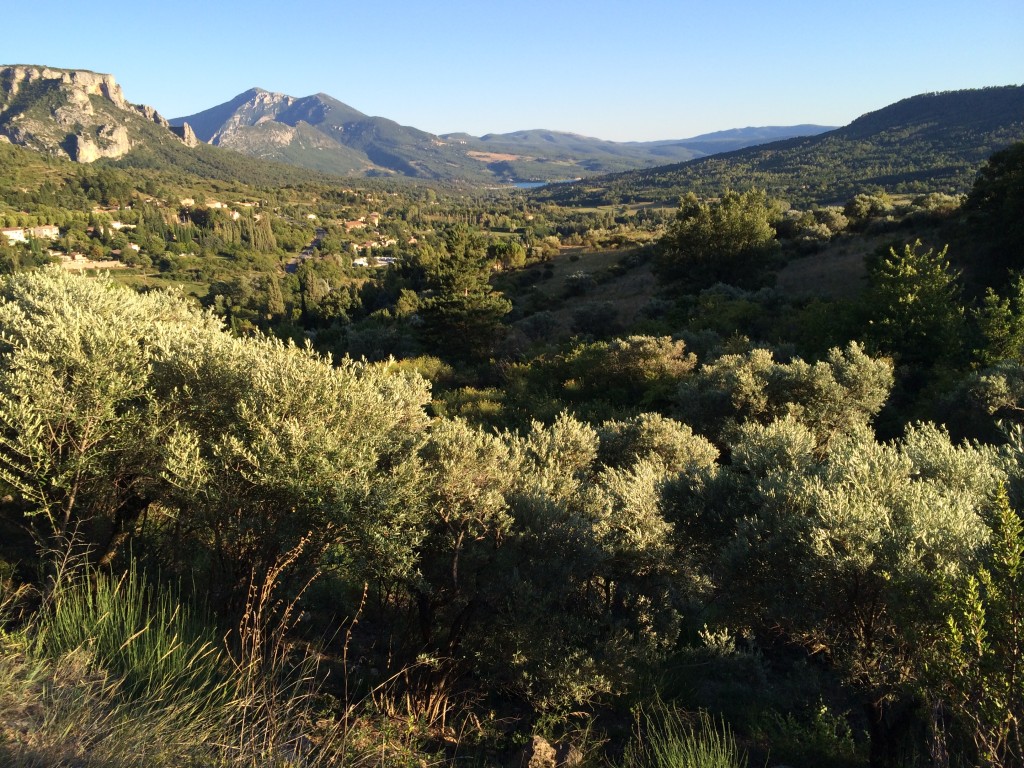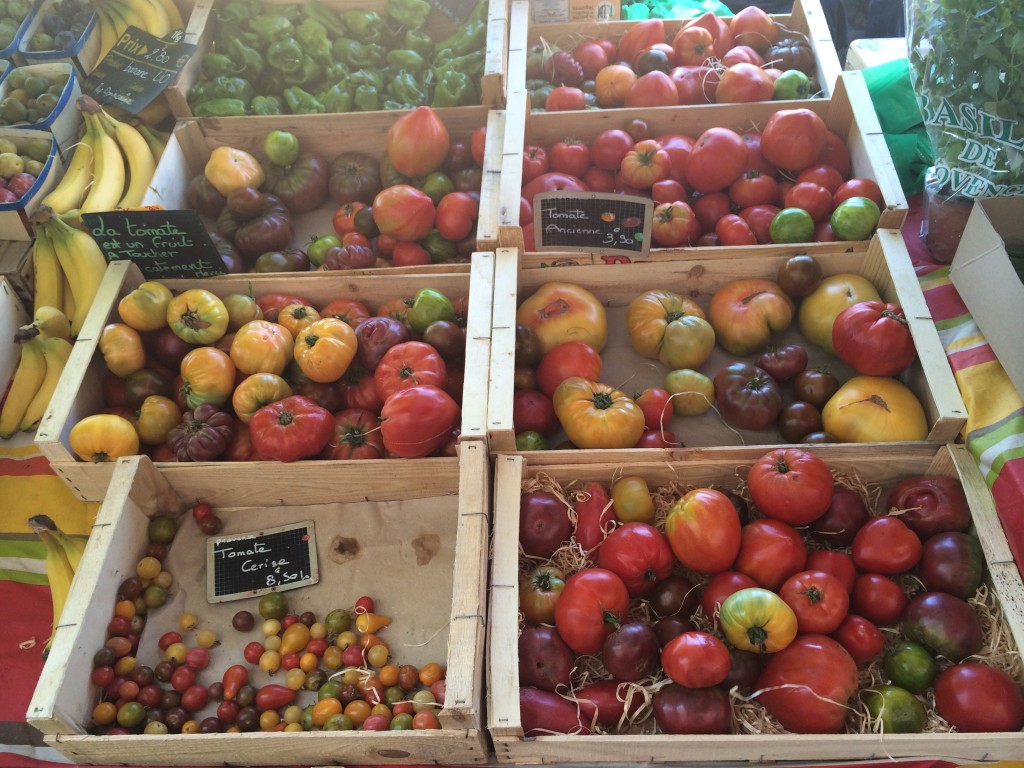Welcome to Saint Tropez and Beyond
Saint Tropez has changed, but the surrounding area still glows with an authentic smile deifying its face. The once tranquil fishing village on the Mediterranean coast of the Var department in the southeastern France paid the decades cashing toll for its celebrity-spotting tourism. The to-be-seen, high-rolling, champagne bathing and by jewels and billionaire’s yachts studded beaches seem to have lost touch with the real natural wealth of the area. During July and particularly in the French holidays month of August, it is hard to find a decent spot on the legendary Pampelone beach, where Brigitte Bardot barred herself into the hotness of her so 1960s bikini. A half century later, it just got a bit too commercial and crowded there.


Keep your boat or car engine running and you will discover a hidden beauty just around the curvy hip of the cape reaching to the sea west from the glitzy Pampelone beaches. The azure palette of blues glistens from the Mediterranean, while the robust medieval stones cool the hill-toping villages in the back country. The tiny communes Ramatuelle and Gassin, both about 1o minutes drive from Saint Tropez through the sprawl of local vineyards, are culturally as much as purely aesthetically rewarding. The views from the sea level of Saint Tropez’ Bay high up to the snowcapped Alps during the cool season pull you from reality into a blissful state of calmness. Most of the clear, star-studded evenings invite for a stroll on their cobbled carpets reminiscent of the villages’ advanced age and perhaps a dinner al fresco at one of their honest bistros and fresh produce plating restaurants.


The annual Festival de Ramatuelle attracts classical, French chanson and jazz music, theatre and comedy shows to its amphitheatrical stage built just for the occasion. Enrich your cultural soul in this almost a magic setting.
My favourite times to visit are in Spring – April and May, but also in the Indian summer of mid to late September. During these months, the Mother Nature wields its lushest embrace and the weather tends to be the most pleasant. Only the ‘omnivocal’ crickets remain humming from the tall pines, turning any hike along the environmentally protected coast into a meditative and rejuvenating experience. Tie your sneakers up and set your legs free, as now I am taking you for a visual trip through my favourite treasure islands in this blessed part of coastal France. The paths are well signposted, therefore I hope this teaser will provoke the walking zeal deep inside you.
My local dining tips:
La Vague d’Or – gastronomic three Michelin stared Mediterranean experience overlooking the port from the privacy of the La Résidence de La Pinède in the Bay of Saint Tropez, by far the best food in the region.
La Voile – helmed by a chef with a similar pedigree, but less Michelin stars, this is one of the lightest dining options, perfect for a romantic dinner with tranquil sea views from the superb La Réserve Ramatuelle luxury hotel.
Couleurs Jardin – beach side siesta in the garden of tartan chairs overlooking the sandy Plage Gigaro in Croix Valmer can be reached either by an 8km challenging coastal hike from Plage Escalet in Ramatuelle or by car.
La Yaca – gourmet Italian in a romantic setting on a pool-lit patio in the heart of the old village in
Le Club 55 – the legendary Pampelone Beach spot with frequent celebrity appearances does not cease to offer excellent, simple Provençal food in its convivial, tightly set rustic scene. Get the artichoke and the wild strawberry cake.


